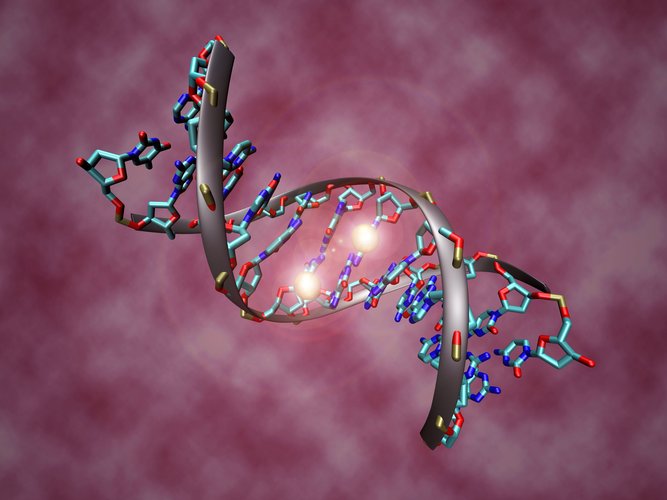Beyond the DNA: Comprehensive map of the human epigenome completed
Share
The sequencing of the human genome was a milestone for biology and medicine – but not all is written in our genes. Scientists are now presenting a second chapter of the book of life: Over the last five years, a worldwide consortium of scientists has established epigenetic maps of 2,100 cell types. Within this coordinated effort, CeMM contributed detailed DNA methylation maps of the developing blood, opening up new perspectives for the understanding and treatment of leukemia and immune diseases.
The identity of each cell type is largely defined by an instructive layer of molecular annotations on top of the genome – the epigenome – which acts as a blueprint unique to each cell type and developmental stage. Unlike the genome the epigenome changes as cells develop and in response to changes in the environment. Defects in the epigenetic blueprint are involved in many diseases.
A collection of 41 coordinated papers now published by scientists from across the International Human Epigenome Consortium (IHEC) sheds light on these processes. Three of these papers have been coordinated by Christoph Bock at CeMM. The latest study from Christoph Bock’s team, published today in the journal “Cell Stem Cell”, charts the epigenetic landscape of DNA methylation in human blood.
Led by CeMM scientists Matthias Farlik and Florian Halbritter together with Fabian Müller from Max Plank Institute for Informatics, this study highlights the dynamic nature of the epigenome in the development of human blood. Using the latest sequencing and epigenome mapping technology, Bock’s team now unraveled a blueprint of blood development that is encoded in the DNA methylation patterns of blood stem cells and their differentiating progeny. The result is a detailed map of the human epigenome, similar to a three-dimensional mountain landscape.
Certain routes of differentiation are jammed in leukemia, such that cells can no longer reach their destination and take wrong turns instead. Surveillance of those cells by epigenetic tests can contribute to a more precise diagnosis of leukemia – clinical tests of this approach are ongoing. „The epigenetic map of the human blood helps us understand how leukemia develops and which cells drive the disease” says Christoph Bock.
Publication:
Matthias Farlik, Florian Halbritter, Fabian Müller, Fizzah A. Choudry, Peter Ebert, Johanna Klughammer, Samantha Farrow, Antonella Santoro, Valerio Ciaurro, Anthony Mathur, Rakesh Uppal, Hendrik G. Stunnenberg, Willem H. Ouwehand, Elisa Laurenti, Thomas Lengauer, Mattia Frontini, and Christoph Bock. DNA Methylation Dynamics of Human Hematopoietic Stem Cell Differentiation, Cell Stem Cell, 2016. DOI:10.1016/j.stem.2016.10.019
Funding:
This study was partly funded by the BLUEPRINT Project of the European Union.

